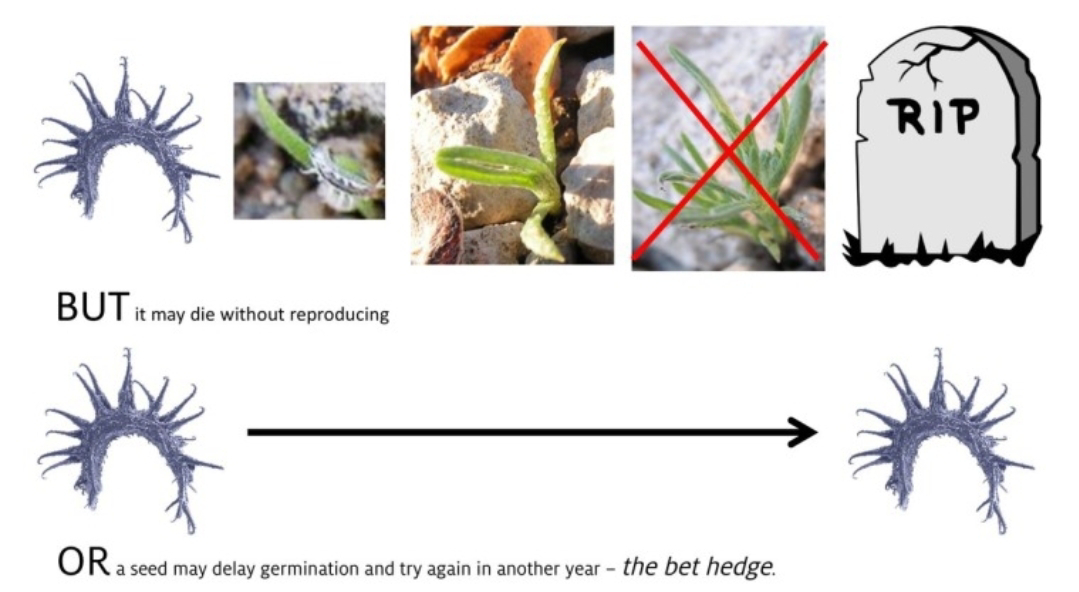Epigenetic "Bet Hedging" beyond Darwin
Explanation of the article "Bet-hedging and variability in plant development: seed germination and beyond" by Abley et al. (2024), incorporating insights on how it challenges neo-Darwinism:
Bet-Hedging as an Evolutionary Strategy in Plants
The article explores the concept of bet-hedging developmental stochasticity in plants. This process introduces phenotypic variation (observable traits) in offspring despite their identical genes. This variability proves advantageous in unpredictable environments, prompting a reconsideration of the neo-Darwinian view of evolution, which traditionally emphasizes genetic mutations and natural selection as the sole drivers.
The Power of Diversity: How Bet-Hedging Works
Plants utilize bet-hedging as a strategy to ensure offspring survival in fluctuating environments. By producing offspring with diverse phenotypes, they increase the probability that some will possess traits best suited for the prevailing conditions. For instance, some seeds within a population may germinate earlier, while others may delay germination. This variation ensures that some seeds will emerge during favorable conditions, maximizing the population's chance of reproductive success.
Beyond Germination: Variability Throughout the Lifecycle
The concept of bet-hedging extends beyond seed germination. The article highlights that plants can exhibit variability in other traits as well, such as flowering time or resource allocation. This phenotypic diversity enhances their chances of thriving in a changing environment. For example, some plants may flower earlier in unpredictable environments, ensuring reproduction before unfavorable conditions arrive.
Challenging Neo-Darwinism: Unveiling New Mechanisms
This research challenges the neo-Darwinian view of evolution. Traditionally, neo-Darwinism emphasizes genetic mutations and subsequent natural selection as the sole drivers of phenotypic variation and adaptation. However, bet-hedging suggests that phenotypic variation can arise through non-genetic mechanisms, specifically through random fluctuations during development. This highlights the complexity of plant development and adaptation, paving the way for a more nuanced understanding of evolutionary processes in plants.
This challenges the idea that genes are the sole units of selection in neo-Darwinism.
Moving Beyond the Neo-Darwinian Framework
By acknowledging the role of bet-hedging, researchers can move beyond the limitations of the neo-Darwinian view and gain a deeper understanding of how plants adapt and thrive in a constantly changing world. The study of bet-hedging opens new avenues for exploring the intricate interplay between genetics, environment, and developmental plasticity in shaping plant phenotypes. This knowledge can be instrumental in agricultural practices, allowing for the development of more resilient crops better equipped to handle environmental variations.





Comments
Post a Comment